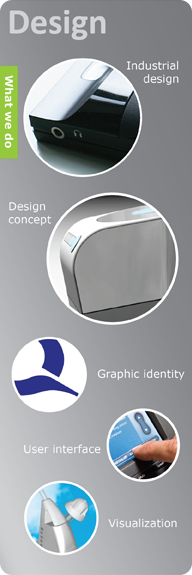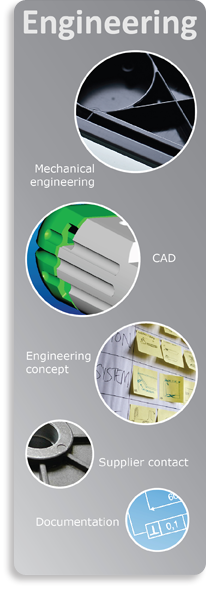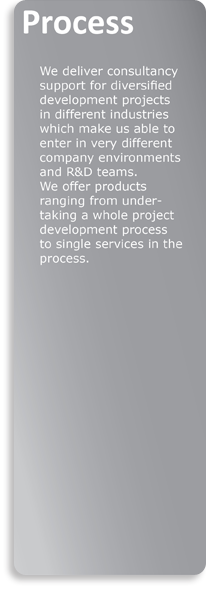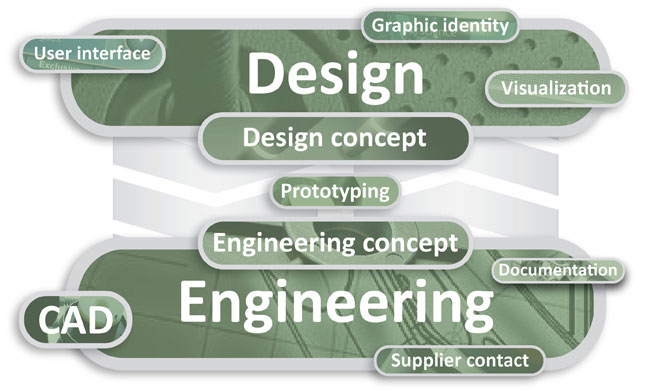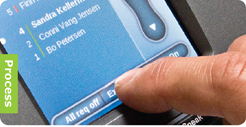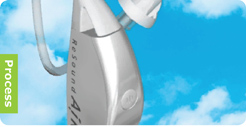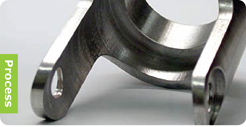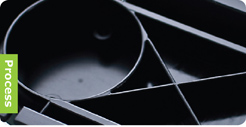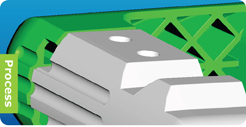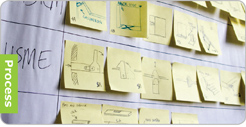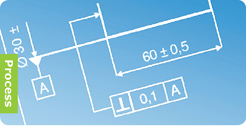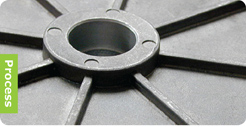Industrial design
Our first core competence area is giving the product a shape that shows the beauty and credibility of its function. Of course, industrial design is only one part of the chain of development that leads to a good product. But it's the part that can make or break the whole thing. The design effort may be only skin deep, but it's the outer skin of the product that has to communicate the marketing values and technical features that sell it. That is where design comes in: At the point of sale. Whether it's about the consumer's impulsive shopping decision or the professional's careful consideration, good design can make the difference between sale and no sale.
Our first core competence area is giving the product a shape that shows the beauty and credibility of its function. Of course, industrial design is only one part of the chain of development that leads to a good product. But it's the part that can make or break the whole thing. The design effort may be only skin deep, but it's the outer skin of the product that has to communicate the marketing values and technical features that sell it. That is where design comes in: At the point of sale. Whether it's about the consumer's impulsive shopping decision or the professional's careful consideration, good design can make the difference between sale and no sale.
